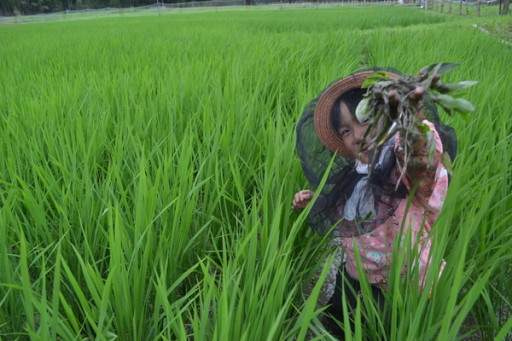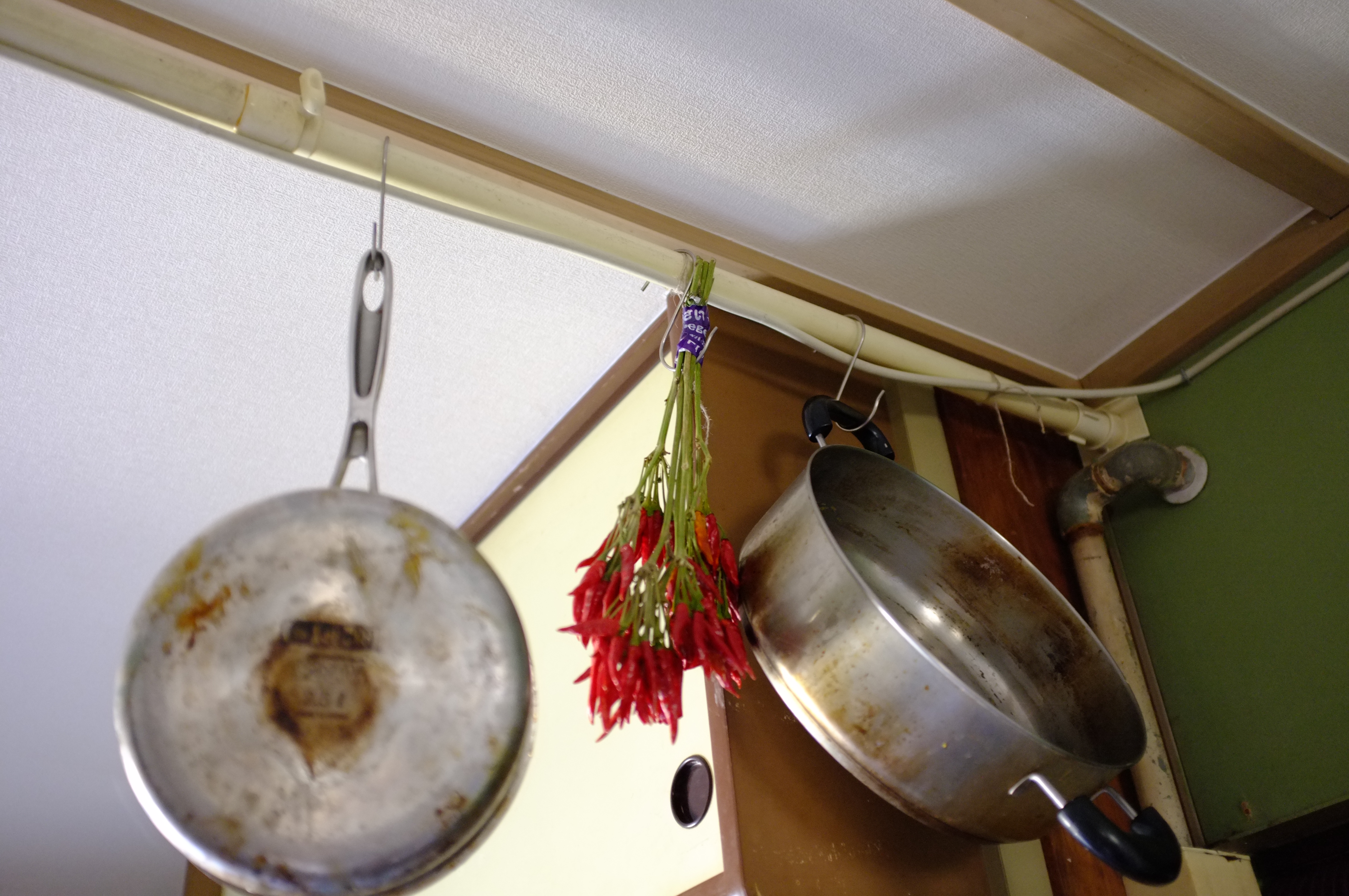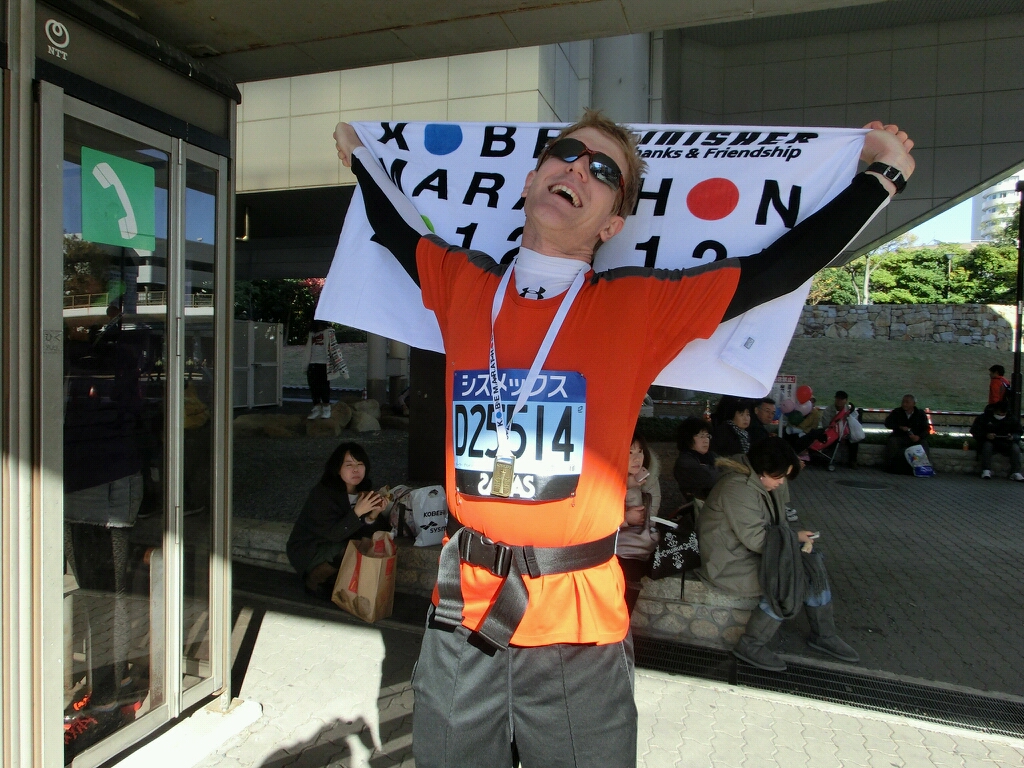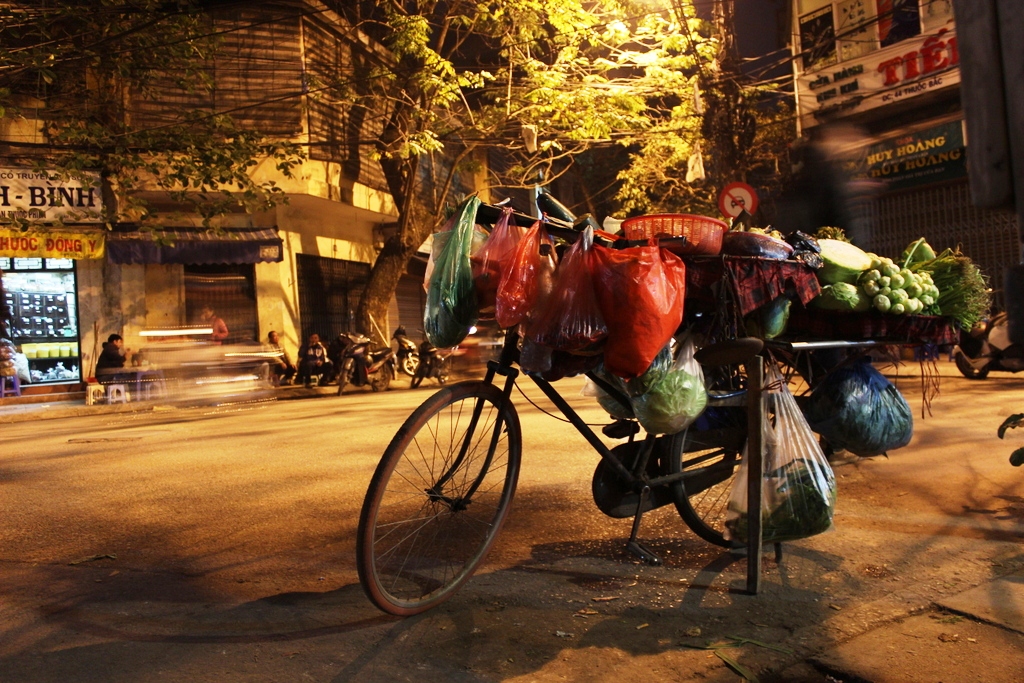Miso Green: Jizo, Koji, and Dirt: Savotem’s Story, Part One
        When my boyfriend, Chris, first arrived in Japan, he didn’t have a job in hand. He found one rather quickly—within about 6 weeks—but there were still a few months between his hiring and start dates, so he decided to sign up for WWOOF Japan and work on someone’s farm for a few weeks, as Chris doesn’t keep his sanity for long if he can’t put his hands in dirt. He was drawn to contact Savotem Fujiwara (藤原仙人掌) and spend some time working for his family. In a very short time, they grew remarkably close. We have since visited each other’s homes several times, and Chris recently quit his job to help Savo renovate his family’s new home in Daisen-cho, Tottori, until we go home for good at the end of my JET contract this year. Saboten, the word for cactus, isn’t his legal name, but it’s certainly his real name. The kanji of the word, which literally mean “the palm of the mountain hermit,†are certainly befitting to him. He’s gone by Savotem for years and I don’t even know what his legal name is. He prefers to stylize it with a ‘v’ and an ‘m’ as opposed to the standard Romanized spelling. “Savotem†certainly looks more Roman, anyway.
               The following is part one of my translation of a speech Savo gave at one of his art exhibitions. He has of course told variations of this story, of how he came to live a self-sufficient life, to his friends before, but only recently has he refined it to share publicly. It’s filtered through my voice a bit—I translated and edited it so that it flows a little better in print—but the story itself is his and I haven’t embellished it in the slightest. If you prefer to hear it from him and have half an hour to spare, I’ll post a link to a subtitled YouTube video in the comments as soon as I finish it.
 Â Â Â Â Â Â Â Â Â Â Â Â Â Â My name is Savotem Fujiwara. I live in Tanto-cho in Toyooka with my wife and two children, and we live with the aim of being completely self-sufficient. We typically get our food from fields on our 0.37-acre plot. Throughout the year, we grow 50 varieties of vegetables. In the winter though, the snow is waist-high in the fields, so I take a break from working outside, and work on making seasonings. From the koji I cultivate every week, I make miso, shoyu, mirin, vinegar, pickles, doburoku (a kind of unrefined sake), and more. I also draw and carve.
              My name is Savotem Fujiwara. I live in Tanto-cho in Toyooka with my wife and two children, and we live with the aim of being completely self-sufficient. We typically get our food from fields on our 0.37-acre plot. Throughout the year, we grow 50 varieties of vegetables. In the winter though, the snow is waist-high in the fields, so I take a break from working outside, and work on making seasonings. From the koji I cultivate every week, I make miso, shoyu, mirin, vinegar, pickles, doburoku (a kind of unrefined sake), and more. I also draw and carve.
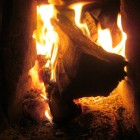                There’s no gas supply at our house. When I first moved in, there was propane, but knowing I was planning to live sustainably, I returned the gadgets to the gas company. Instead, we heat our water for cooking and bathing with firewood. There’s no TV, either. I have a young daughter, but she doesn’t mind. She seems content to help us work the fields, gather the vegetables, cook miso soup and serve it to us. Occasionally, we’ll find an unpeeled mikan in our soup , but I think it’s good for her to grow up surrounded by nature. Our livelihood depends on these kinds of routines.
               There’s no gas supply at our house. When I first moved in, there was propane, but knowing I was planning to live sustainably, I returned the gadgets to the gas company. Instead, we heat our water for cooking and bathing with firewood. There’s no TV, either. I have a young daughter, but she doesn’t mind. She seems content to help us work the fields, gather the vegetables, cook miso soup and serve it to us. Occasionally, we’ll find an unpeeled mikan in our soup , but I think it’s good for her to grow up surrounded by nature. Our livelihood depends on these kinds of routines.
I was born in Tokyo and raised in rural Kyoto. I was a badly-behaved kid. In junior high, I smoked and I had terrible grades. But I was also captain of the table tennis club…. that was the one thing I loved. Studying was too challenging for me, so I spent most of my time playing, which frustrated my parents and teachers, so they were hard on me. I was very hard on myself too, for being such a bad student. Low self-esteem plagued my entire adolescence.
In the summers during junior high there were no club meetings. I couldn’t do the one thing I enjoyed doing, so I decided to take a trip. It was pretty incredible of my parents to let me, such a bratty kid, go off on my own, but I had relatives in Sapporo they could send me to. I emptied my savings and bought a Seishun-18 ticket, and travelled all the way from Kyoto to Sapporo on local trains, stopping off at youth hostels at the end of each day’s leg. After one night with my relatives, I went off on my own to explore Hokkaido. This was in the 1980s in the latter part of the railway boom, so the youth hostels were bustling with lodgers. These clearly well-seasoned travelers were shocked to see a young kid traveling alone, and praised my bravery. It was one of the happiest times of my life up to that point.
But of course, eventually I had to go back to school, where that terrible feeling of ineptitude came creeping back. The experience in Hokkaido stuck with me though, and from high school on, I traveled every chance I had, hitchhiking to avoid train fares and sleeping outside so I didn’t have to pay for lodging. I went abroad to countries where people live self-sufficiently, like Nepal and India, and when I came back to Japan at about age 24, I decided to try the camping life for a while. For a year and a half, I lived with no electricity, gas or plumbing on Ishigaki Island, just west of Okinawa.
One day, about a year into my time on Ishigaki, I woke up one morning unable to move. My body was like a rock. If I tried to move even a little, pain shot through my body. “What is this? Why is this happening,†I thought to myself. I was writhing around in my tent unable to get out of it when finally, people living nearby came to my aid. Seeing my condition, they suggested that I try traditional medicine and adjusting my diet instead of going to the hospital. I started a treatment regimen with my uncle, who is an acupressurist, and when I felt better, I returned to camping life.       Eventually I came back to Kyoto to work at the part time job that allowed me to earn money for my travels, but soon I was in severe pain again and couldn’t even do that. When I was so worried that I finally did go to a hospital, all of my test results were inconclusive, so I was diagnosed with lumbar pain. But the thing was—it wasn’t just my back. Be it my back or ankles or whatever, some part of my body was always hurting, and not in a normal way. Up until this started happening, my health was so good that if I wanted to climb a mountain, I could throw a loaded backpack on and go, but now the pain practically prevented me from living.
When I was 26, I took a turn for the worse. I was emaciated—much thinner than I am now, listless, and when I started finding blood in the toilet, I knew something was really wrong. I went to a doctor of traditional medicine who had a great reputation, and he performed an O-Ring test on me. Shockingly, the test showed that I had pancreatic cancer. Seeing my initial sadness, the doctor scolded me, saying, “You’re going to die if you keep this up!†As the days went on, I went to the library and read up on pancreatic cancer to find out just what kind of disease it was. For two years, I was sure I could die at any moment. I continued treatments with that doctor—fasting, thermotherapy, cleansing diets. My life was far from normal.
You write the kanji for “cancer†like this: 癌. Within the radical for illness, there are three mouths over a mountain, so some people used to say, “If you eat mountains of food and bad-mouth a lot, you end up with cancer.†I thought, “Oh, that’s what must have done it.†When I was traveling with very little money, I’d sometimes eat what I found lying around outside, which included a lot of instant meals and junk food.
                During my treatments, there were many days when I thought, “If my pancreas starts to hurt, there’s a chance that I could die tomorrow. If that happens, I should do what I want to do today.†The things I had always wanted to do suddenly became my priority, but I was still poor and in no condition to travel, so I turned to drawing. The only things I could really draw were jizo (boddhisatva statues), and I drew tons of them—jizo that seemed to convey, “It’s okay, everything will go well, everything will be great.†Drawing became very therapeutic.
               During my treatments, there were many days when I thought, “If my pancreas starts to hurt, there’s a chance that I could die tomorrow. If that happens, I should do what I want to do today.†The things I had always wanted to do suddenly became my priority, but I was still poor and in no condition to travel, so I turned to drawing. The only things I could really draw were jizo (boddhisatva statues), and I drew tons of them—jizo that seemed to convey, “It’s okay, everything will go well, everything will be great.†Drawing became very therapeutic.
Later, I thought about the three mouths in the kanji for cancer again. I had been eating much better than before, so I wondered why I wasn’t improving. Then I had the realization that the mouths, in my case, must have represented stress. The stress I had put on myself growing up for not being a model student had to be what had damaged my body. But by doing what I wanted, by drawing, and not bothering to interact with unpleasant people who I quite literally didn’t have time for, I finally came to love myself. It didn’t matter that I wasn’t a model student in my youth. If people made fun of me, I could just laugh it off. The three mouths of the cancer turned into smiles. But I still bore this illness, regardless of my new attitude.
You can find part two of Savo’s story here! Also, something to think about: if you think of anything you’d like to ask Savo, leave it in the comments! I’m going up to visit them soon and if I gather enough to ask, perhaps I can also do an interview for a future Miso Green. Or you can always email me with your questions.
Â
Uluwehi Mills
Â
miso.green.ht@gmail.com
Â

